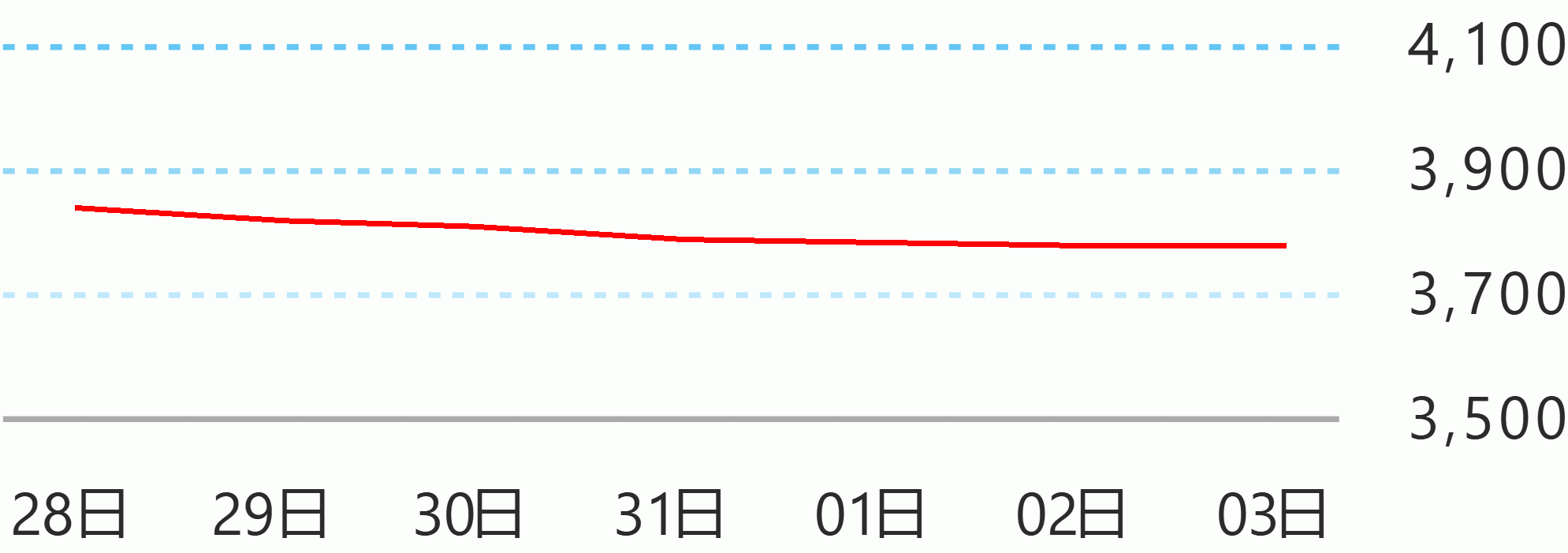The Manila International Airport Consortium (MIAC), made up of six conglomerates and global infrastructure partners , submitted an unsolicited proposal worth P267 billion to the transportation department in April 27 for the rehabilitation and development of the Ninoy Aquino International Airport (NAIA), its members said on Monday.
Global Allliance Inc. chief executive officer Kevin Tan said the consortium has come up with a master plan to transform NAIA.
“The Manila International Airport Consortium recognizes the immense task of transforming NAIA to meet the exponentially growing demands of Mega Manila air travel, not only here and now but also in the future,” Tan said at a press briefing.
“It is because of this that the members of the consortium have pooled together its significant sources, technical expertise, and operational experience to put forward a NAIA masterplan,” he added.
GIP vice chairperson Jim Yong Kim said the airport has a major role in making Manila a “regional economic hub”.
“Reliable transport infrastructure is a key challenge for the Phillippines and the rehabilitation of NAIA for the long-term is essential if Manila is to become the regional economic hub we know it can be,” said the former World Bank Group president.
NAIA is expected to be worth more than P800 billion during its 25-year concession period, which is longer compared to the 15-year period under the government’s proposal.
Under the proposal, P211 billion will be allocated to investments.
The consortium will spend P57 billion during the first five years and the remaining P154 billion will be invested over the remainder of the concession period.
The government is also expected to get P280 billion in revenue and taxes.
In addition, the rehabilitation of the government is projected to generate P446 billion in gross economic value.
The proposal also covers three key phases of development, the consortium said in a statement.
In Phase 1, the capacity of the airport will be increased from 54 million passengers per year to 70 million by 2025 to enhance reliability and shorten waiting times at various bottlenecks throughout NAIA.
In Phase 2, NAIA’s capacity will increase to 62.5 million passengers per year by 2028 through the expansion and development of the terminal floor area, adding airfield facilities, and improvements in cross-terminal transportation.
In Phase 3, the capacity of the airport will greatly increase to 70 million passengers per year by 2048 and will also include long-term expansion and development projects.
GIP is a member of the MIAC, along with Aboitiz InfraCapital Inc., AC Infrastructure Holdings Corp., Asia's Emerging Dragon Corp., Alliance Global-Infracorp Development, Inc., Filinvest Development Corp., and JG Summit Infrastructure Holdings Corp.
Filinvest Development Corporation President and CEO Josephine Gotiuanun Yap said the longer concession period will allow for a smooth transition for the multi-airport strategy and for investors to provide funds for increasing the capacity of the airport.
“The concession period considers the air traffic forecast. It provides for a smooth transition for the multi-airport strategy. I believe that the single airport strategy for Metro Manila given the disaster-prone nature of our country is too large a downside risk,” Yap said.
“With the longer concession period, the investors are also able to put in a larger amount for infrastructure technology within a shorter time frame so that we can quickly ramp up the capacity of NAIA from its 32-million to 62-million (passenger) capacity,” she added.
GIP is the technical partner of MIAC and is one of the leading infrastructure investors and airport operators which has managed Edinburgh Airport, London Gatwick Airport, and Sydney Airport. Jaspearl Tan/DMS





 English
English









